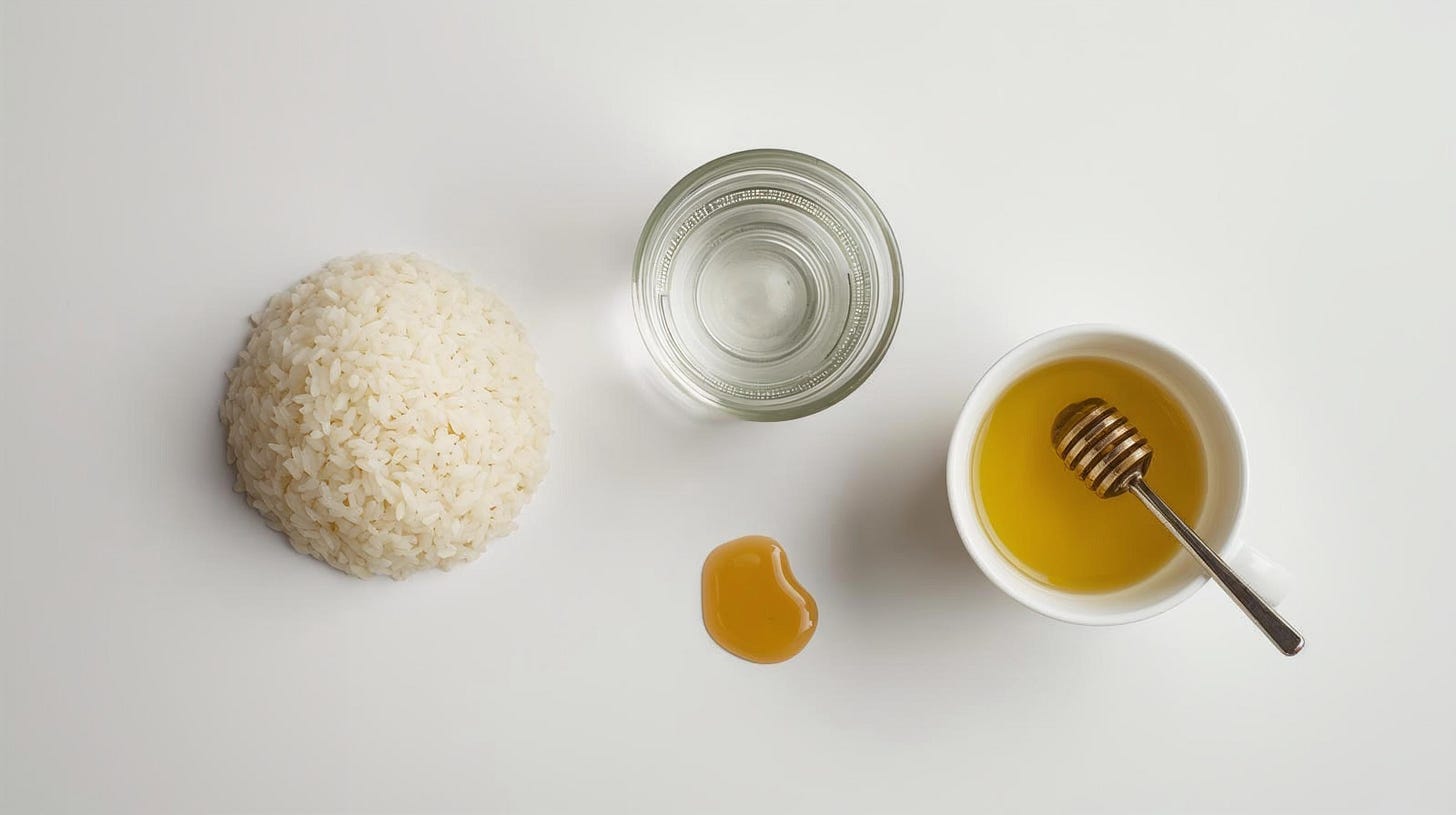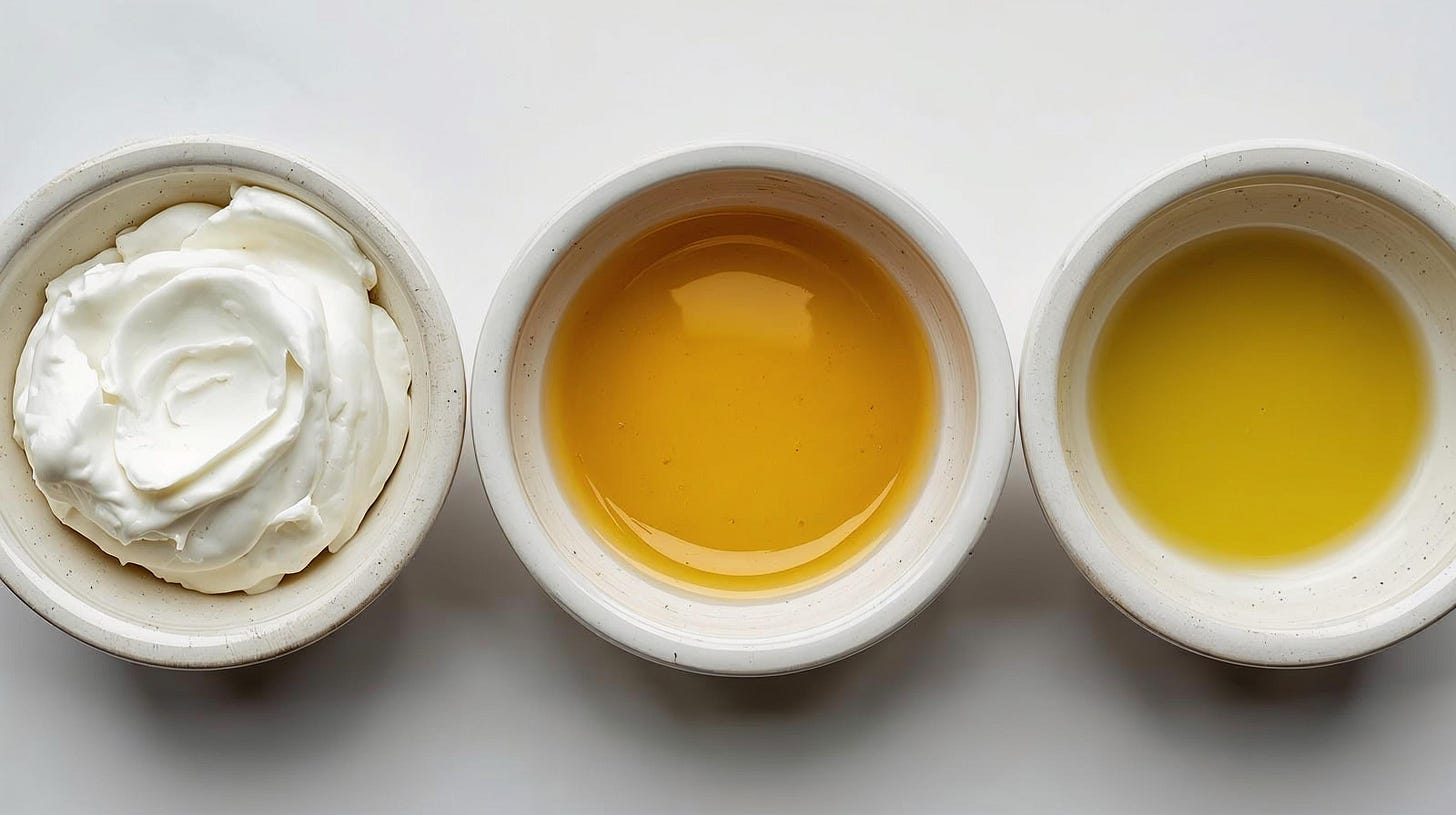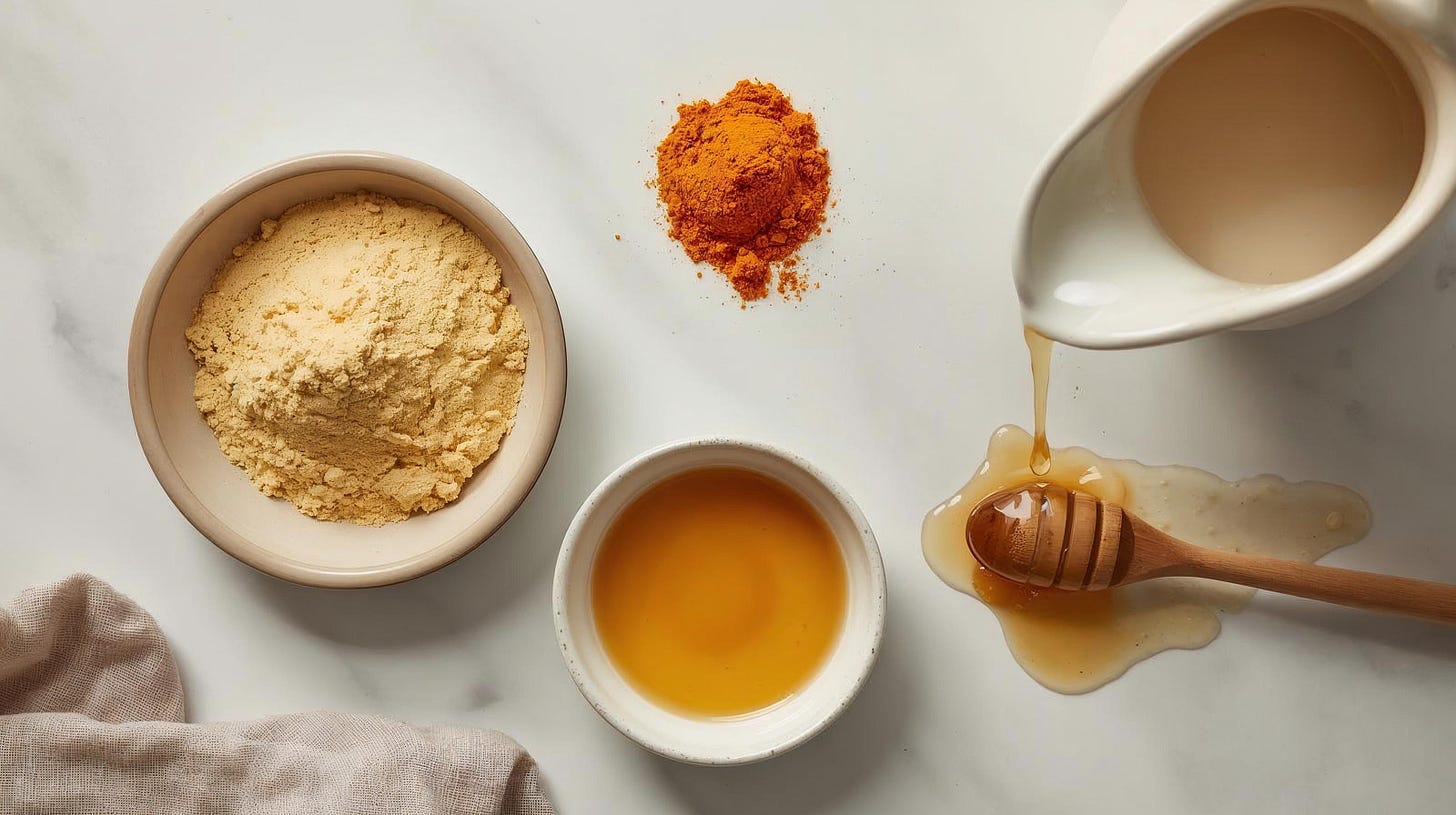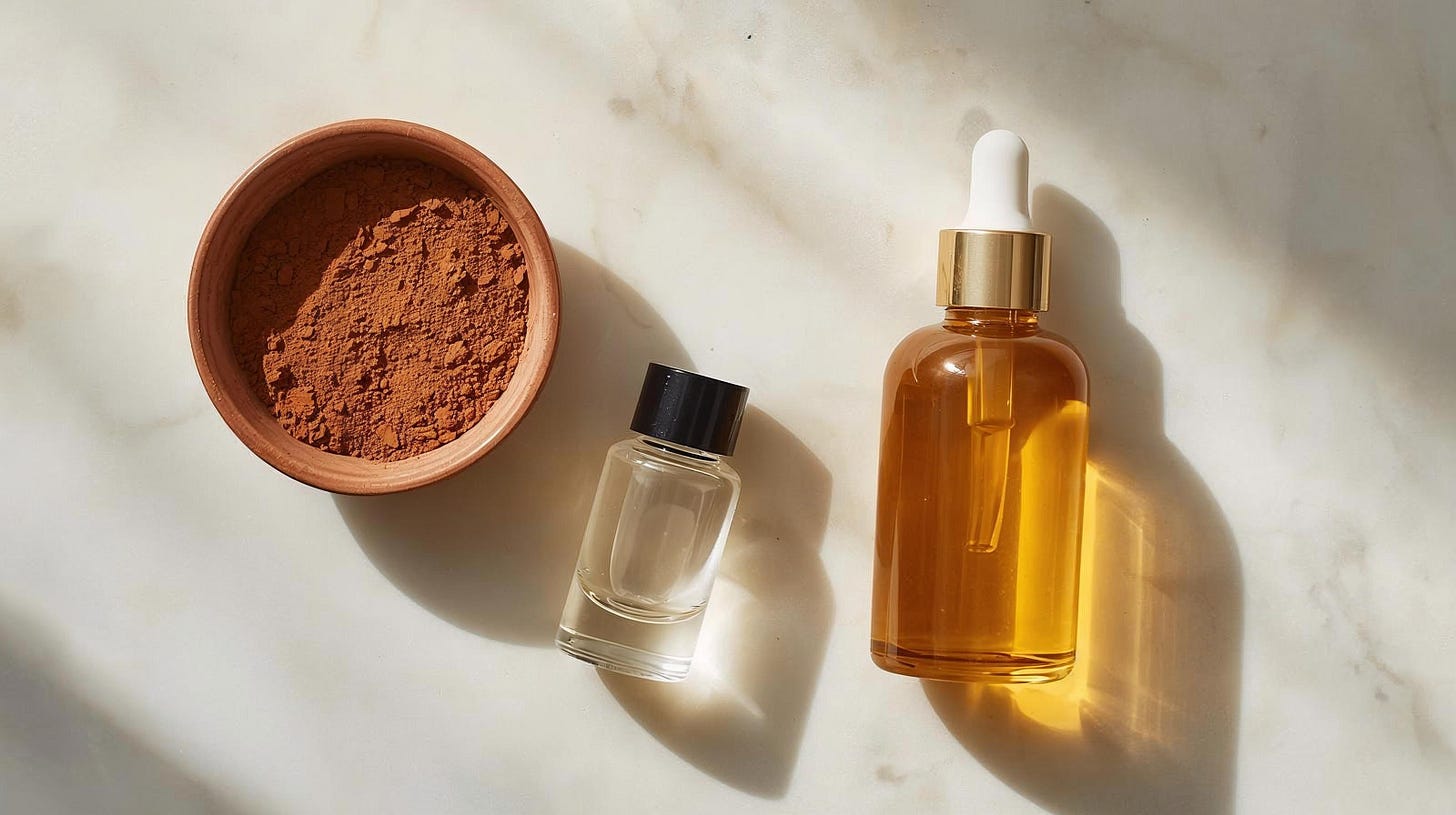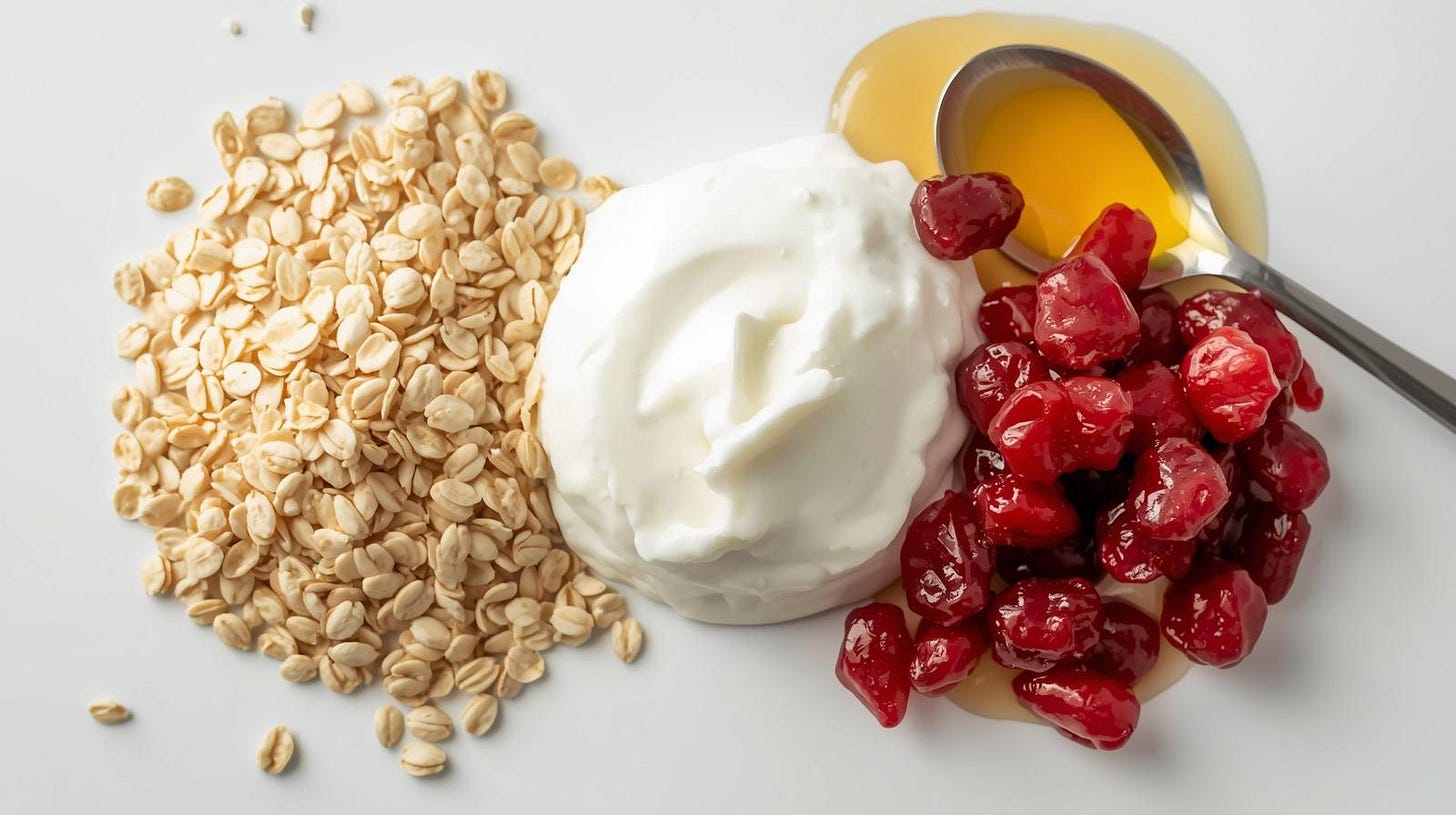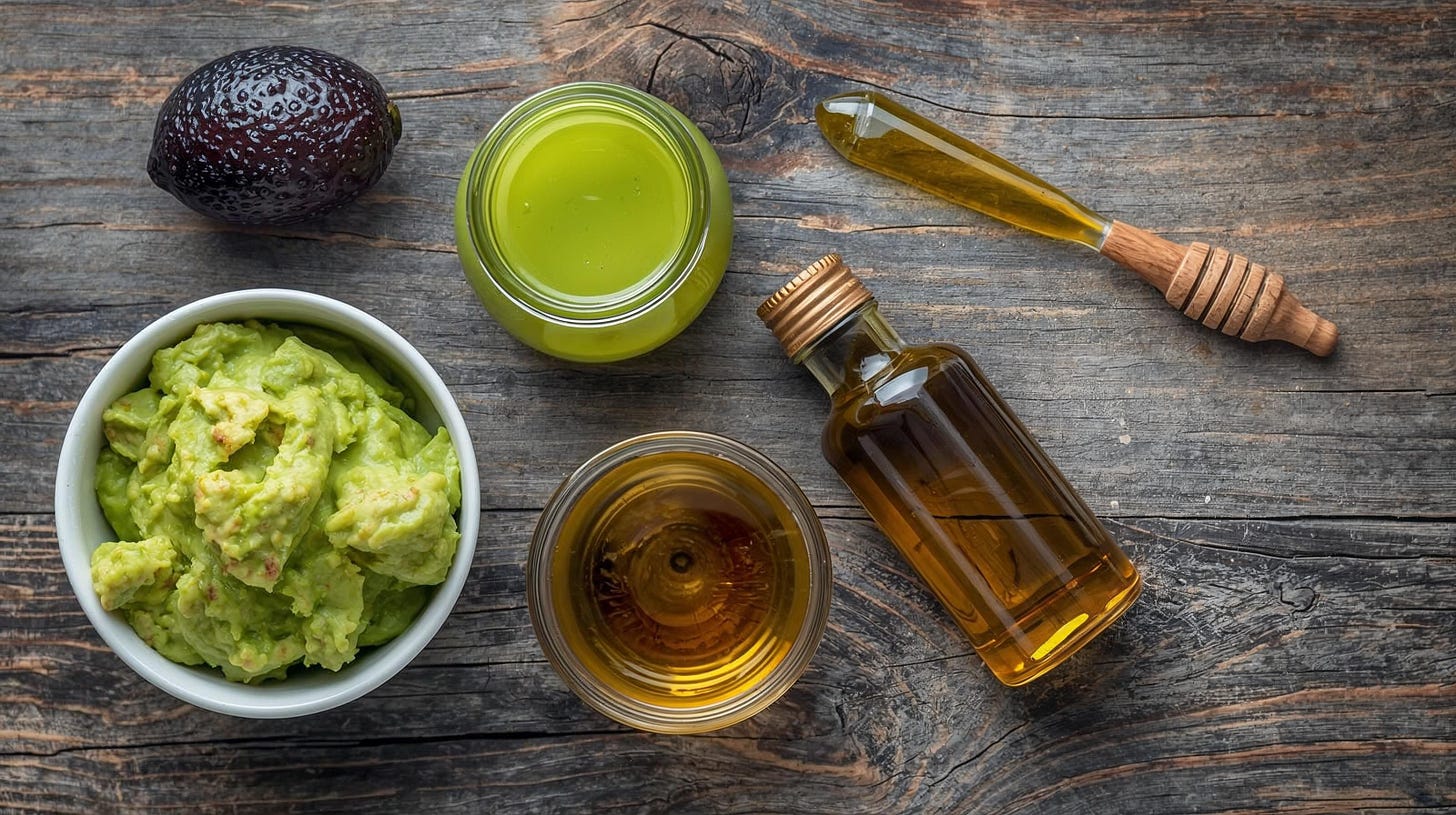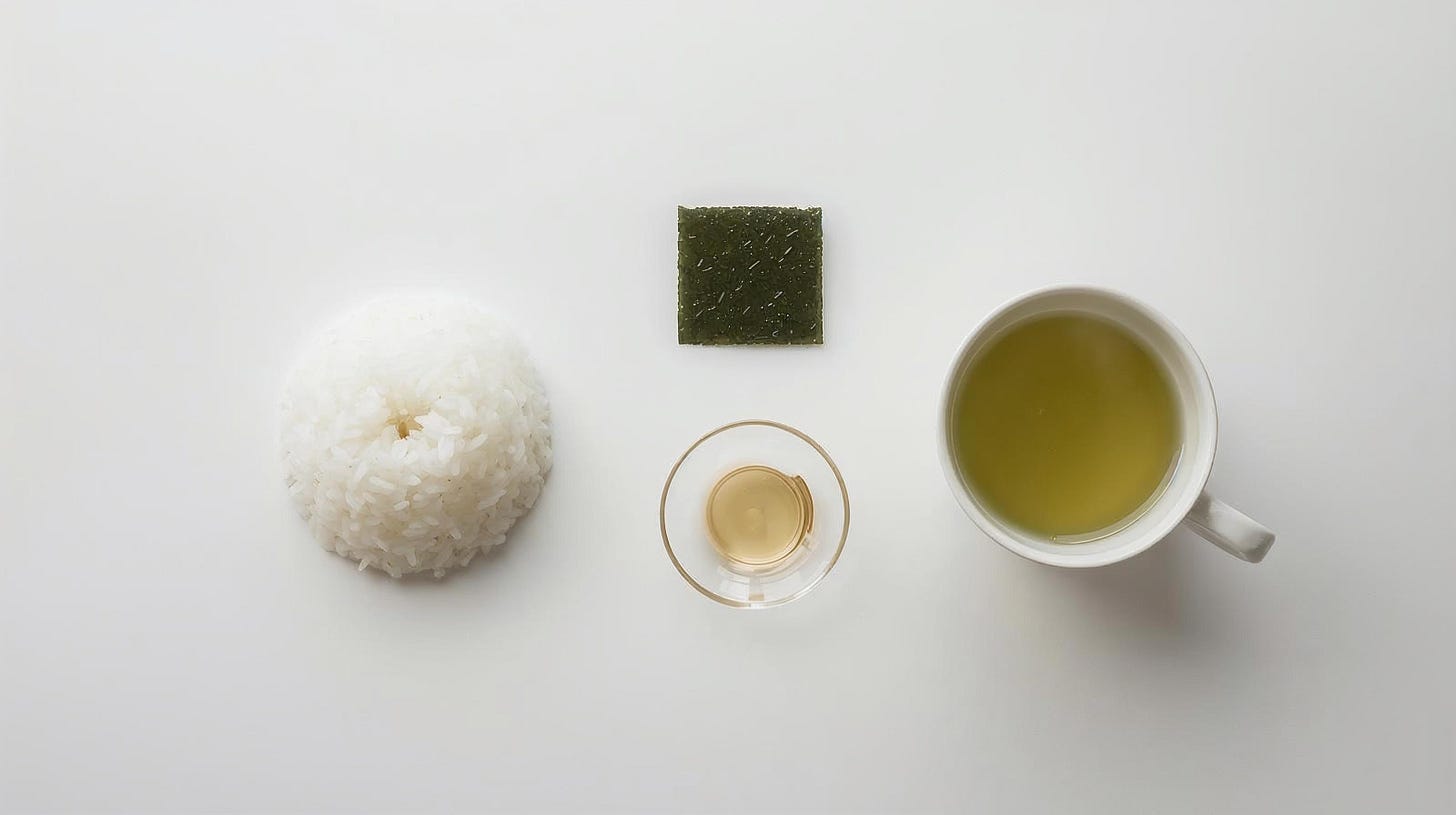My mother introduced me to Indian rituals from the time I was a baby – gentle chickpea flour scrubs that left my skin soft and glowing, weekly hair oiling sessions that became our special bonding time, and the countless natural remedies that seemed to have solutions for every skin concern.
Living in Oman allowed my mother to beautifully blend traditions from both worlds. She had this incredible ability to mix Indian and Omani practices, creating her own fusion of ancient wisdom. I remember the aromatic ritual of lighting Indian frankincense – not just for our hair, but to purify our entire home. She would combine this Omani purification practice with Indian herbal treatments, creating layered rituals that honored both cultures.
This guide is my way of sharing the wisdom I inherited and the traditions I’ve discovered, hoping others can experience the same transformative power of simple, natural rituals that have helped people achieve beautiful skin for centuries.
Natural Face Masks from around the world:
Traditional face masks have been used across cultures for centuries, each developed around locally available ingredients and passed down through generations.
Here are a few of my favorites from around the globe, each with its own roots and rhythm.
Japanese Rice Water & Green Tea Mask
Best for: Dull skin, uneven tone, sensitive skin types
Origins & Tradition:
In Japan, rice water (komenosuide-mizu) has been used since the Heian period (794-1185). Geishas traditionally used rice water for its brightening properties, while green tea has been valued for its protective qualities in Japanese skincare.
Ingredients:
1/4 cup cooked rice (cooled)
2 tablespoons rice cooking water (cooled)
1 tablespoon brewed green tea (cooled)
1 teaspoon honey
Method:
Mash the rice until smooth
Mix with rice water and green tea to create a paste
Add honey and blend thoroughly
Apply to a clean face, avoiding the eye area
Leave for 15-20 minutes
Rinse with cool water
The Science:
Rice contains amino acids, B vitamins, and minerals that help brighten skin and improve texture. Green tea provides powerful antioxidants (EGCG) that protect against free radical damage and reduce inflammation. The starches in rice create a gentle film that helps retain moisture.
Greek Yogurt & Honey Mask
Best for: Dry skin, mild acne, aging concerns
Origins & Tradition:
Ancient Greeks, including Cleopatra, used yogurt and honey for their skin-enhancing properties. This combination was considered the secret to maintaining youthful, glowing skin and was often used before important ceremonies.
Ingredients:
2 tablespoons plain Greek yogurt (full-fat)
1 tablespoon raw honey
1/2 teaspoon olive oil (optional)
Method:
Mix yogurt and honey until smooth
Add olive oil if using
Apply evenly to a clean face
Relax for 15 minutes
Remove with lukewarm water using gentle circular motions
The Science:
Greek yogurt contains lactic acid, a natural alpha-hydroxy acid that gently exfoliates dead skin cells and promotes cell turnover. The probiotics may help balance the skin’s microbiome. Honey is a natural humectant with antimicrobial properties, helping to hydrate while fighting bacteria.
Indian Turmeric & Chickpea Flour Mask (Ubtan)
Best for: Oily skin, acne-prone skin, hyperpigmentation
Origins & Tradition:
This ancient Ayurvedic treatment, called “ubtan,” has been used in Indian beauty rituals for over 5,000 years. Traditionally applied before weddings and festivals for glowing skin, it’s considered one of India’s most treasured beauty secrets
Ingredients:
2 tablespoons chickpea flour (besan)
1/2 teaspoon turmeric powder
2-3 tablespoons milk or rose water
1 teaspoon honey
Method:
Combine dry ingredients in a bowl
Slowly add liquid until you achieve a smooth paste
Add honey and mix well
Apply to the face and neck
Allow to dry completely (10-15 minutes)
Gently scrub off with wet fingers using circular motions
Rinse thoroughly
The Science:
Turmeric contains curcumin, a powerful anti-inflammatory compound that helps reduce redness and fight acne-causing bacteria. Chickpea flour provides gentle physical exfoliation and contains folate and zinc, which support skin health. The combination helps brighten skin naturally.
Moroccan Rhassoul Clay Mask
Best for: Oily to combination skin, enlarged pores, detoxification
Origins & Tradition:
Rhassoul clay, mined from the Atlas Mountains of Morocco, has been used for over 1,400 years. Moroccan women have traditionally used this mineral-rich clay in hammams (bathhouses) for its purifying and softening properties.
Ingredients:
2 tablespoons rhassoul clay (or substitute with bentonite clay)
2-3 tablespoons rose water
1 teaspoon argan oil
Few drops of rose essential oil (optional)
Method:
Mix the clay with rose water until smooth
Add argan oil and essential oil
Apply a thick layer to the face
Let dry for 10-12 minutes (don’t let it crack)
Remove with warm water using gentle circular motions
The Science:
Rhassoul clay is rich in silica, magnesium, and potassium, which help absorb excess oil while providing minerals to the skin. Unlike other clays, it doesn’t strip the skin completely, maintaining some moisture. Rose water provides gentle astringent properties and aromatherapeutic benefits.
Scandinavian Oatmeal & Lingonberry Mask
Best for: Sensitive skin, irritated skin, winter dryness
Origins & Tradition:
Nordic countries have long used oats in skincare, particularly during harsh winters. Lingonberries, abundant in Scandinavian forests, have been incorporated into beauty routines for their antioxidant properties and natural brightness.
Ingredients:
1/4 cup rolled oats
2 tablespoons plain yogurt
1 tablespoon mashed lingonberries (or substitute with cranberries)
1 teaspoon honey
Method:
Grind oats into a fine powder
Mix with yogurt to form a paste
Fold in mashed berries and honey
Apply to a clean face
Leave for 12-15 minutes
Remove with warm water using gentle scrubbing motions
The Science:
Oats contain beta-glucan, which soothes inflammation and helps retain moisture. Avenanthramides in oats provide anti-irritant properties. Lingonberries are packed with antioxidants, particularly vitamin C and anthocyanins, which help protect against environmental damage and brighten skin.
Mexican Avocado & Lime Mask
Best for: Dry skin, mature skin, sun-damaged skin
Origins & Tradition:
Pre-Columbian civilizations, particularly the Aztecs, valued avocados for their nutritional and cosmetic properties. This combination has been used in Mexican beauty traditions to maintain soft, supple skin in various climates.
Ingredients:
1/2 ripe avocado
1 tablespoon fresh lime juice
1 tablespoon honey
1 teaspoon olive oil
Method:
Mash avocado until completely smooth
Mix in lime juice, honey, and olive oil
Apply a thick layer to the face and neck
Relax for 20 minutes
Rinse with cool water
The Science:
Avocados are rich in healthy fats, vitamins E and K, and folate, which nourish and moisturize skin. Lime provides vitamin C and natural citric acid for gentle exfoliation and brightening. The combination helps repair and protect the skin barrier.
Korean Fermented Rice & Seaweed Mask
Best for: All skin types, dehydrated skin, anti-aging
Origins & Tradition:
Korean beauty traditions emphasize fermentation for enhanced potency. This combination draws from Korea’s rich history with both rice cultivation and coastal seaweed harvesting, creating a mask that embodies the K-beauty philosophy of gentle yet effective skincare.
Ingredients:
2 tablespoons cooked rice (cooled and slightly fermented overnight)
1 sheet of nori (dried seaweed), ground
2 tablespoons green tea (cooled)
1 teaspoon rice vinegar
Method:
Mash the slightly fermented rice
Mix in ground seaweed and green tea
Add rice vinegar and blend until smooth
Apply to a clean face
Leave for 15-18 minutes
Rinse with lukewarm water
The Science:
Fermentation increases the bioavailability of nutrients and creates beneficial acids. Seaweed provides minerals, amino acids, and vitamins that help hydrate and plump skin. The combination promotes cell renewal and provides deep hydration.
Professional Tips for Best Results:
Timing Considerations:
Morning masks: Light, hydrating masks (Greek yogurt, rice water) work well before makeup application
Evening masks: Deeper treatment masks (clay, exfoliating) are best used at night
Weekly frequency: Most masks should be used 1-2 times per week
Final Thoughts:
These traditional masks remind us that effective skincare doesn’t require expensive products or complicated routines. Each culture developed these treatments based on local ingredients and centuries of observation, creating solutions that remain relevant in modern skincare.
By incorporating these global traditions into your skincare routine, you’re not just treating your skin – you’re participating in a beautiful heritage of self-care practices that have helped people achieve healthy, glowing skin for generations.



